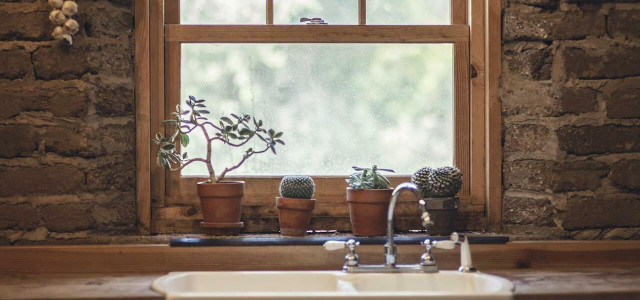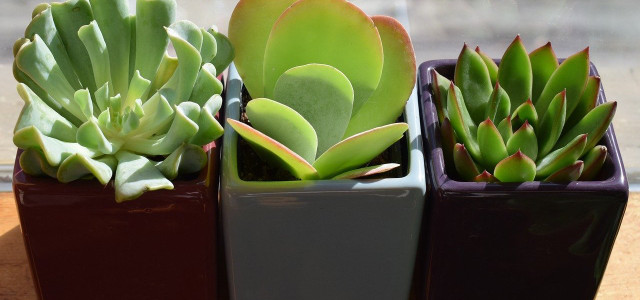Let’s talk about the seven best kitchen plants. Here’s a quick guide to some fabulous plant additions for your home. From care to benefits, we’ve got you covered.
What Makes a Good Kitchen Plant?
There are no limits on what plants you can adopt for your kitchen. These are plants you can grow in your apartment, home or garden. However, as a rule, you want a space where they’ll catch a lot of light.
Ideally, you can grow herbs on your windowsill or a counter. Hang them from shelves in baskets or pot them anywhere they’ll catch some sun.
You’ll want hardy, manageable kitchen plants that can survive different temperatures as well as high humidity — or some with culinary value to add to your spice collection. Here’s our top 7!
1. Spider Plants (Chlorophytum Comosum)
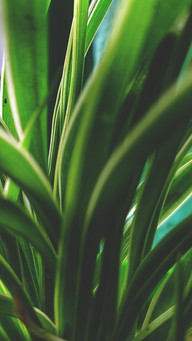
(Foto: CC0 / Pixabay / Ferdowsi)
Spider plants are a member of the asparagus family. These plants are evergreen perennials, which means they can live more than two years. Also, they remain a funky green throughout the seasons. It’s a very adaptable plant and therefore a good choice for kitchens. Spider plants can survive low light and are good for newbie house gardeners.
Advantages
- Adaptable
- Easy to care for
- Easy to propagate (if you want to grow more!)
- Helps to eliminate odors and pollutants from the kitchen
- Not toxic — Find more house plants safe for cats and animal
How to grow
- Start with making sure your soil is well-drained before planting.
- Place your plant out of direct light.
- Add a little fertilizer in the summer months.
Look out for
- Always let the soil dry out a bit between watering to avoid rot.
- Provide adequate draining to prevent leaves from browning.
2. Snake Plants (Dracaena Trifasciata)
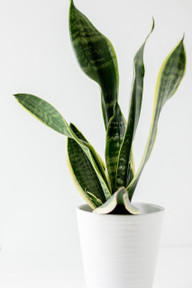


(Foto: CC0 / Pixabay / nasser336633)
Snake plants are another member of the asparagus family. They’re also evergreen and can last more than two years. But more importantly, they’re great for filtering toxins from the air. Plus, they’re easy to care for. As kitchen plants, they’re extremely hardy. Snake plants can survive low light and even droughts.
Advantages
- Very hardy
- Low maintenance
- Great air purifiers
- Good for allergy sufferers
How to grow
- A soilless mix such as peat, coarse sand or perlite stones is the best choice for this plant.
- Place them in indirect sunlight.
- Be sure not to overwater, especially in winter.
- Add a little fertilizer when needed.
Look out for:
- Overwatering can cause roots to rot.
- Not resilient against frost and cold.
- Curling leaves can indicate a pest problem.
- Toxic to cats.
3. A Classic Kitchen Plant: Aloe Vera (Aloe Vera)



(Foto: CC0 / Pixabay / WandererCreative)
Aloe Vera, a species of succulents, is a popular houseplant and a good choice for warmer rooms of the house. It is often grown for its medicinal properties. For example, it is used to treat wounds, burns and can help relieve constipation. If you keep Aloe Vera as a kitchen plant, it might help you treat a light burn from a hot pan, for example. Aloe Vera plants come in many different varieties and colors to choose from.
Advantages
- Helps to soothe burns, acne and wounds
- Contains antioxidants
- Can help to purify the air
- Helps with digestive issues
How to grow
- Start with a soilless pot such as perlite or peat-free soil.
- Place in direct or indirect sunlight (if you get extreme sun in your area, indirect is best).
- Feed your plants homemade plant food every couple of months (but avoid feeding in winter).
- Only water when the soil has dried out.
Look out for:
- Red leaves mean your plants getting too much sun.
- Yellow leaves can mean your Aloe is overwatered.
- Dust build-up on the leaves can prevent your plants from absorbing light.
4. Basil (Optimum Basilicum)
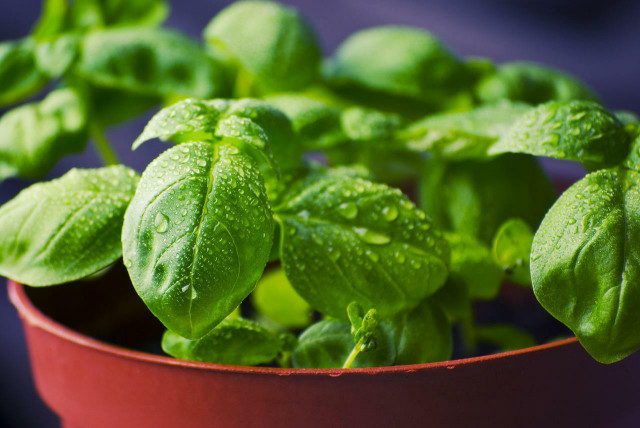


(Foto: CC0 / Pixabay / tookapic)
This sweet and tender plant is a culinary addition in many kitchens. Basil comes from the mint family. Unfortunately, it’s a short-lived perennial. As kitchen plants, it usually lasts a maximum of two years or less. Nevertheless, it’s used as an ingredient for many dishes around the world. Plus, it’s a plant that naturally repels insects from your kitchen.
Advantages
- Good for digestion and lowering blood sugar
- Works well as an insect repellent
- Tasty ingredients in many dishes
- Easy for beginners to grow
How to grow
- A well-drained pot is the best option for basil. Some all-purpose soil with a mix of perlite and sand works best.
- Keep your plant in a window and turn it regularly.
- Fertilize every two weeks. Water thoroughly, but allow the soil to dry between watering.
- Pinch off new flower buds to make your basil plant last longer.
Look out for:
- Basil lives longest in bright, well-lit areas.
- Yellowing leaves can indicate mildew.
- Lack of fertilizer can cause leaves to wither.
5. Mint (Mentha)
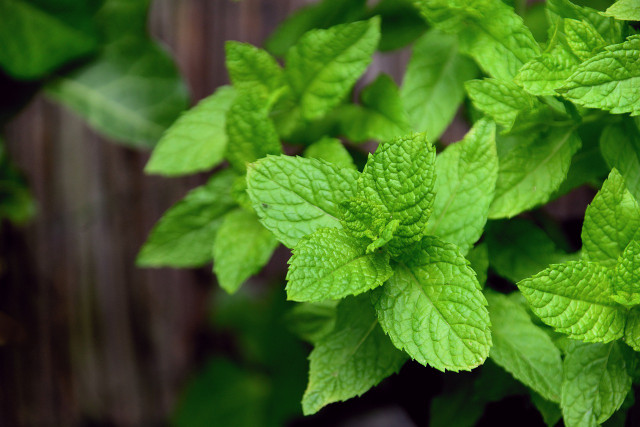


(Foto: CC0 / Pixabay / congerdesign)
Mint is another great herby plant for the kitchen. You can opt for a delicious spearmint (mentha spicata) or peppermint (mentha piperita) variety. It’s commonly used to make condiments, desserts and more. As a kitchen plant, mint is also a natural insecticide if you have any pest problems. Plus, growing mint can be a lovely room deodorizer.
Advantages
- Highly nutritious
- Relieves indigestion
- Creates a refreshing kitchen aroma
- Tasty ingredient in many dishes
How to grow
- You can grow mint in water. Or choose a well-drained pot of soil.
- Place your mint out of direct sunlight. Preferably east-facing in spring and summer. Then south-facing in winter and fall.
- Try to keep the soil moist but not overly damp.
- Mint doesn’t need fertilizer but you choose to fertilize occasionally if you want.
Look out for:
- Mint can suffer from low humidity homes. Make sure to spritz the leaves with some water every now and then.
- Mint likes to be kept well watered.
- It tends to bend towards the light, so rotate it often.
6. African Violets (Streptocarpus Ionanthus)
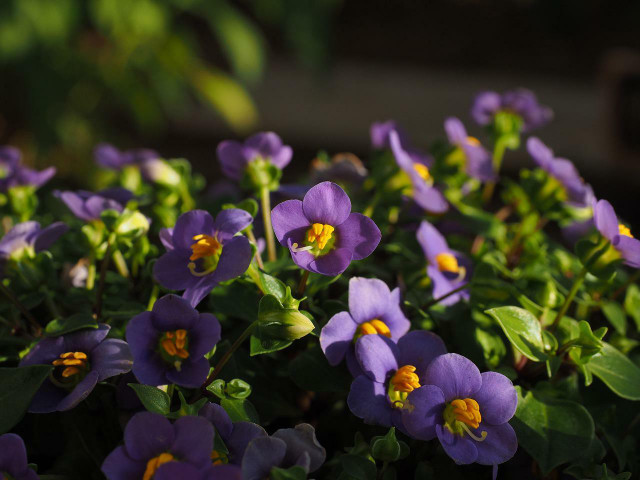


(Foto: CC0 / Pixabay / Hans)
This beautiful purple flower is often cultivated as a household plant. These kitchen plants make beautiful gifts for Mother’s and Valentine’s Day. Traditionally, they are associated with motherhood but they can be tricky to manage at first. Once you get the hang of it, they’re a lovely kitchen addition.
Advantages
- Gorgeous pop of color
- Good for relaxation
- Known for healing properties
- Non-toxic
How to grow
- These plants prefer loose, well-drained soil.
- With African violets, the darker the leaves, the more light it needs. Rotate regularly in a western or south-facing location.
- African violets need a high phosphorus fertilizer. Ideally, every four to six weeks.
- You should water at the base, and avoid the foliage and flowers.
Look out for:
- Always place away from areas where water might splash on the plant. A shelf works best.
- Never let the soil completely dry out. Keep moist.
- For your plants, lukewarm or tepid water is best.
- African Violets should be repotted twice a year to avoid overgrowth.
7. Lavender (Lavandula)
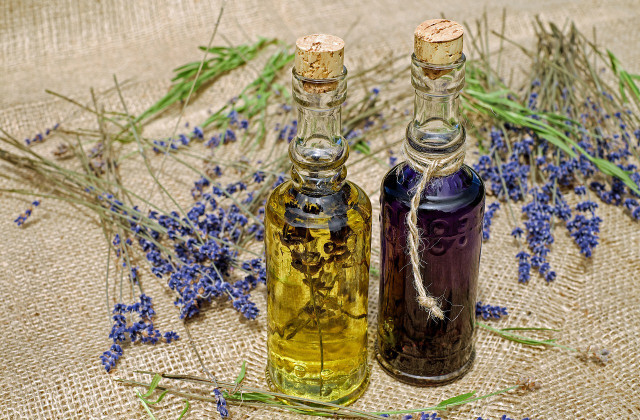


(Foto: CC0 / Pixabay / Couleur)
Lavender is a member of the mint family. It is a culinary and medicinal herb. As a kitchen plant, it’s good for creating a relaxing and aromatic kitchen. Moreover, it can relieve stress and promote well-being.
Advantages
- Lavender can help reduce pain and inflammation
- It creates a sweet smell in the home
- A lovely colorful burst in the kitchen
- Easy to use for cooking
How to grow
- Lavender thrives in sandy, free-draining soil. Coarse builder’s sand works well.
- They do best in bright areas. South facing works best. They should be out of the path of direct heat.
- Water when soil becomes dry. Then soak thoroughly.
- Prune regularly to promote growth. Fertilize every four weeks during summer.
Look out for:
- Brown foliage suggests overwatering.
- Weak smelling Lavender might need more sun.
- High humidity can cause root rot. Be sure to ventilate as you cook.
Takeaways and Tips
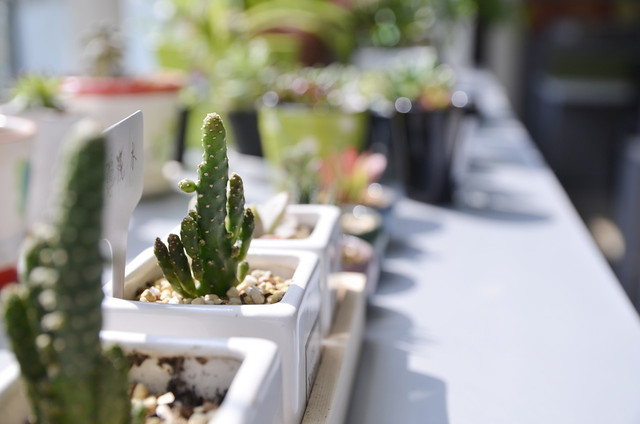


(Foto: CC0 / Pixabay / acan2016)
Houseplants for the kitchen can be a great way to transform your space. They can add color and create a pleasant atmosphere. Houseplants are also the perfect antidote for culinary magic. What’s more, they’re a fresh and tasty addition to almost any cuisine. You can use your house plants as natural medicine.
To make the most out of your kitchen plants, just remember:
- Maintenance — be careful not to over or underwater. If you’re likely to be very busy, go for spider plants, snake plants or aloe vera. These are the least maintenance.
- Position — different plants favor certain light and positioning. It might take a bit of time to maneuver. But once you get them where you want, they can live quite happily.
- Organic plant food — many of the plants on our list appreciate a good fertilizer. Use homemade, or get a good organic ferilizer.
Read more:
- Repotting Spider Plants: Step by Step Guide
- Herbs to Plant Together: Companion Planting with Herbs
- How to Propagate Aloe Vera: Tips and Tricks
Do you like this post?






